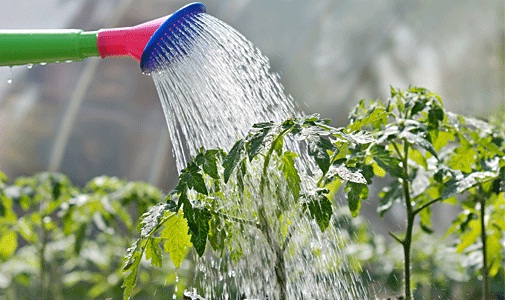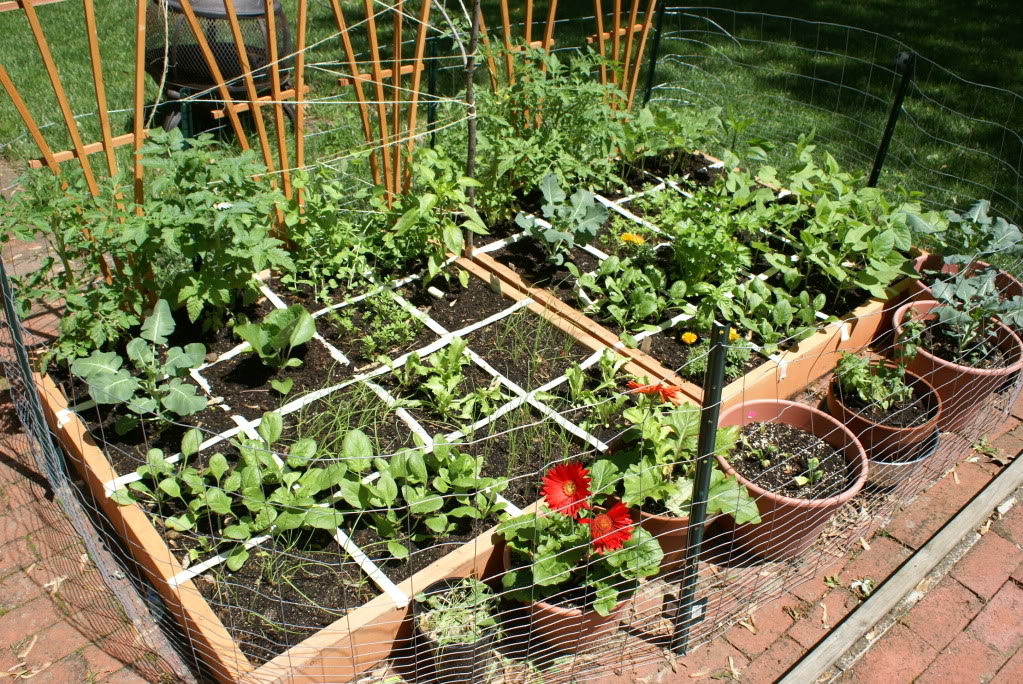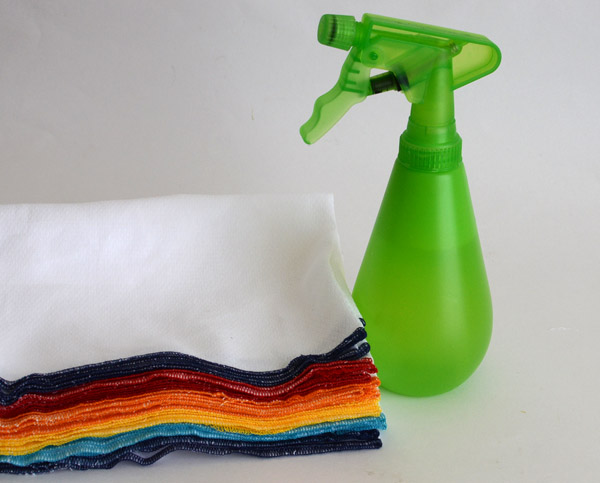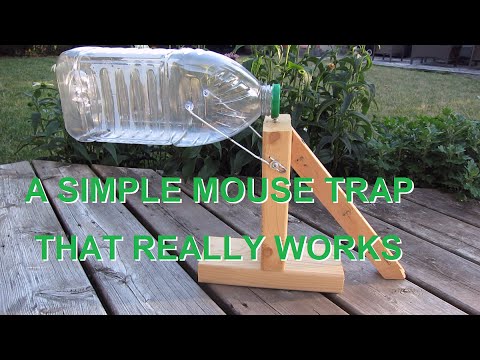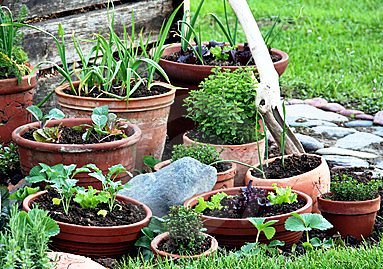Easy Mistakes to Avoid in the Garden
When you have a failure in your garden chances are it is not unique to you. You probably made a mistake that plenty of other gardeners have made, a mistake that was easy to make, and probably easy to avoid as well if you know how. Here are a few of the more common … Read more



